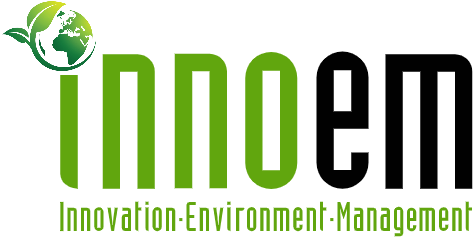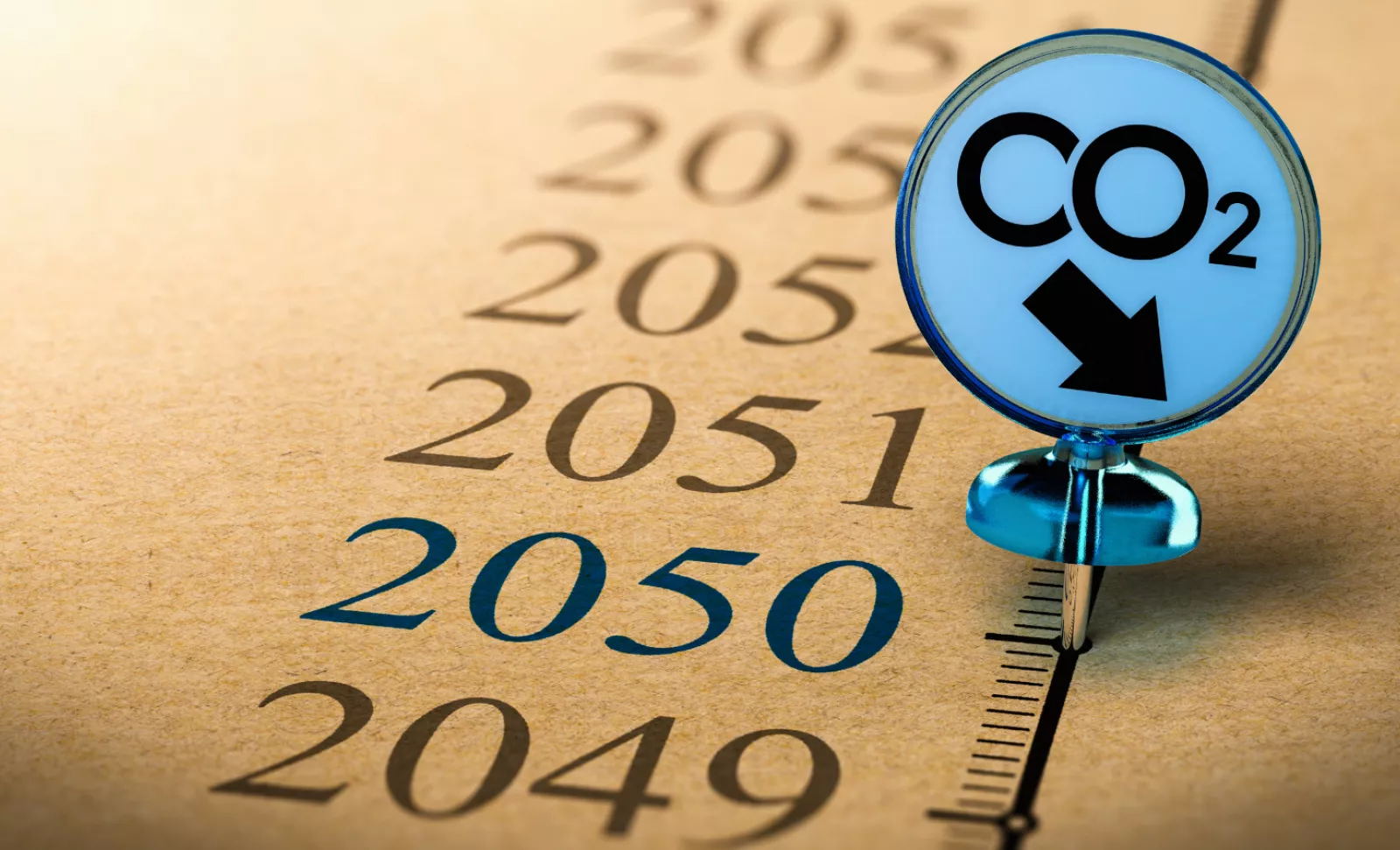Since 2015, science-based target setting has evolved from a nascent concept into a movement covering nearly 20% of the global economy. Science-based targets provide a clearly-defined pathway for companies to reduce greenhouse gas (GHG) emissions, helping prevent the worst impacts of climate change.
With the launch of the SBTi Net-Zero Standard – the world’s first framework for corporate net-zero target setting in line with climate science – two new ways of describing science-based targets have entered the lexicon: near-term and long-term. Companies that are aligning with the Net-Zero Standard need to set both near- and long-term science-based targets. This blog provides clarification on what these new terms mean, and how they are related to regular science-based targets.
The good news is that in substance near-term science based targets will be familiar to companies involved with the SBTi. Near-term science-based targets are what most companies refer to as just science-based targets today. They outline what companies will do now, and over the next 5-10 years, to reduce emissions in line with mitigation pathways to help achieve net-zero across the global economy.
These targets galvanize the action required for significant emissions reductions to be achieved by 2030. Near-term emission reductions are critical to not exceed the global emissions budget and are not interchangeable with long-term targets.
Near-term targets must follow a 1.5°C pathway to align with the Net-Zero Standard. Encouragingly, 1.5°C-aligned targets are now the most common choice for companies, representing 75% of all submissions to the SBTi so far in 2021. Indeed, the SBTi is phasing out the well-below-2°C option for all near-term science-based targets. From June 2022, the SBTi will only accept 1.5°C-aligned targets.
To have a net-zero target validated by the SBTi, companies must demonstrate that any previously approved near-term targets are eligible or submit new/updated targets. This is the case even for companies with near-term targets that were validated as 1.5°C-aligned. For more information about this, see the Net-Zero Getting Started Guide.
Long-term science-based targets
Long-term science based targets will be new to most companies. They convey the destination of a company’s decarbonization journey. These targets indicate the degree of emission reductions companies need to ultimately reach in order to achieve net-zero under the Standard’s criteria. Most companies will need to reduce emissions at least 90% to reach net-zero. These targets must be achieved no later than 2050 (or 2040 for the power sector).
Long-term science based targets drive economy-wide alignment and long-term business planning to reach the level of global emissions reductions needed for climate goals to be met.
Crucially, under the Standard, a company cannot claim to have reached net-zero until its long-term science-based target is achieved across the company’s entire value chain. Likewise, a company claiming the SBTi has verified its net-zero target must have approved near- and long-term science based targets. Having a near-term science-based target validated by the SBTi is not equivalent to having an approved net-zero target.
Neutralization and beyond value chain mitigation
The Standard introduces another term to the SBTi lexicon: neutralization. Under the Standard, companies must neutralize any residual emissions that may remain when they have achieved their long-term science-based target. Neutralization activities can take the form of technological removals (i.e. direct air capture (DAC) with geological storage) and nature-based solutions (i.e. reforestation). Due to the size of emissions reductions needed to achieve long-term science-based targets, these removals are just a small part of reaching net-zero. The Standard requires that these emissions removals are permanent. We expect that frameworks to assess the permanence of emissions removals will develop over time.
The Standard also introduces another term: beyond value chain mitigation. This concept recognizes that businesses can play an important role in accelerating the net-zero transition by taking immediate mitigation actions outside their value chains. These actions should be selected to also provide benefits for people and nature.
The Standard says additional investments like these could help increase the likelihood the global community stays within a 1.5˚C carbon budget. However, it is clear that this action is not a substitute for the rapid and deep reduction of a company’s own value chain emissions, which is why the Standard emphasizes near- and long-term science based targets as key to reaching net-zero. More information on beyond value chain mitigation can be found here.
The impact of science-based targets
Our 2020 progress report shows that companies with science-based targets reduced their combined emissions by 25% between 2020 and 2015, contrasting with an increase of 3.4% in global emissions from energy and industrial processes over the same period. What’s more, companies with validated science-based targets are on track to halve emissions between 2020 and 2030.
Nevertheless, the world is still far off-track from meeting the 1.5˚C goal of the Paris Agreement. While science-based targets can signal a shared understanding of the emissions reductions needed to avert the worst impacts of climate change, much more forceful actions are still needed from governments, organizations, social movements and people to truly align with the 1.5˚C goal and reach net-zero at the global level.
Commit to net-zero
More than 600 companies worldwide have already committed to reach science-based net-zero before 2050 through the SBTi’s Business Ambition for 1.5°C campaign. Companies can commit to set net-zero targets and join the campaign by completing and returning the commitment letter. The SBTi will begin validating net-zero targets from January 2022.
Source : https://sciencebasedtargets.org/blog/what-does-the-net-zero-standard-mean-for-science-based-targets

